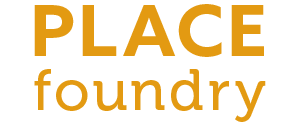Who are you becoming?
More importantly, where are you now? These two questions are essential to understanding the gap between here and there.
Many places want to be and get better. Better learning environments. Better housing conditions. Better job opportunities.
Better is usually easy to define. It is figuring out how to get to better that keeps many places from creating and navigating a new S-Curve.
No person or place can avoid the S-Cure.
The S-Curve describes the growth of a person, business, neighborhood, or city. Everyone and every area starts at zero and gradually grows until it reaches a relatively sudden increase. Then, there is a leveling off (stagnation) or decrease (decline and distress).
Credit: Ewa Lechman
In the Place Mapping process, I always encourage property owners, development organizations, and community leaders to start with these four questions:
What is the current state of our place (people, land, marketplace)?
Who are we becoming based on today’s activities?
What do we want our place to be 36 months from now?
What is missing (people, resources, assets) for us to become that place?
It is a lot easier to get from here to there when we take the time to assess where we are in the S-Curve. What we do at the top of the S-Curve is dramatically different than what you do early on.
The simplicity of growth, and the growth curve, are compounding commitments that will get you from here to there. It feels hard at zero, but you’ll eventually gradually grow and reach a sudden increase with a whole different set of problems to solve.
Those moments are okay because who you are becoming is being built with the ecosystem map you have in hand.

